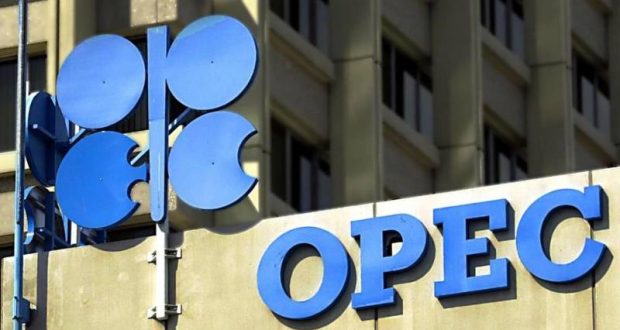Oil prices traded flat on Thursday afternoon as OPEC+ made a significant move, delaying its planned output increase by three months and extending the full unwind of production cuts by a year until the end of 2026. Brent crude for February delivery rose by a marginal 0.06%, trading at $72.35 per barrel at 14:06 ET, while West Texas Intermediate (WTI) remained steady at $68.54 per barrel.
This decision follows a prediction from commodity experts at Standard Chartered, who had earlier forecast that OPEC+ might delay unwinding voluntary cuts until at least the end of the first quarter of 2025, due to ongoing bearish sentiment in the oil markets. According to Standard Chartered, much of this pessimism can be attributed to misconceptions surrounding the tapering mechanism for voluntary cuts made by eight OPEC+ countries.
Analysts suggest that traders have been concerned about the potential imbalance between oil demand growth and non-OPEC+ supply, fearing that a return to full production by OPEC+ could oversaturate the market. However, Standard Chartered experts argue that this assumption ignores reassurances from OPEC+ members, who have emphasized that any increase in production will be fully dependent on market conditions, not an automatic schedule.
The recent announcement from OPEC+ highlights the importance of adapting output decisions based on real-time market dynamics. “While traders have focused on the question of how many barrels could return before a surplus emerges, the latest market positioning and price trends suggest that the answer is zero for now,” said a commodity analyst at Standard Chartered.
In a previous press release on November 3, OPEC+ had already announced a delay in output increases until the start of 2025. However, the latest extension of production cuts and the shift in timelines signal OPEC+’s caution in managing market expectations.
The decision to extend the production cuts through 2026 is not necessarily a reflection of the physical oil market’s inability to absorb more supply, but rather a strategic move by OPEC+ to avoid exacerbating pessimistic oil balance predictions for 2025. “OPEC’s actions underscore the point that tapering will be market-dependent, not automatic, as some traders have feared,” stated Standard Chartered.
With the oil market facing a complex balance of supply and demand, traders are left to reconsider how the global oil landscape will evolve as OPEC+ navigates through uncertain waters in the coming years.
 Financial Energy Review
Financial Energy Review





